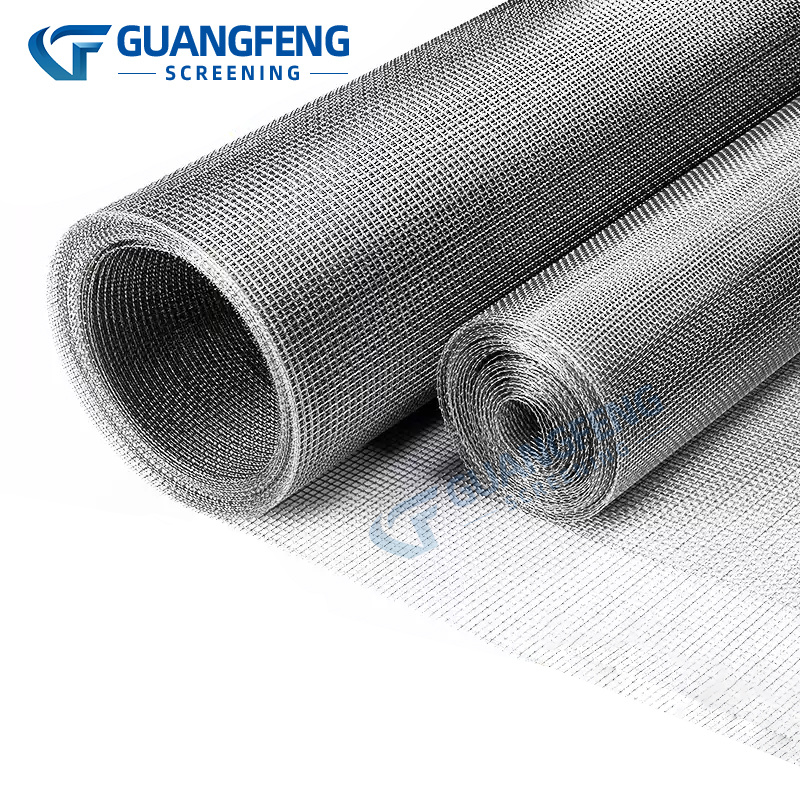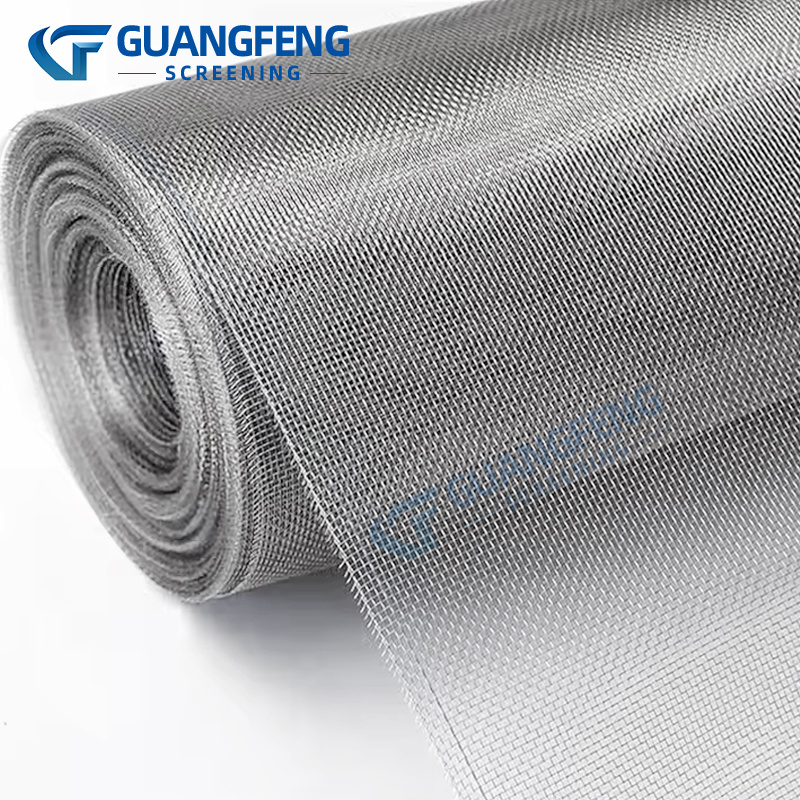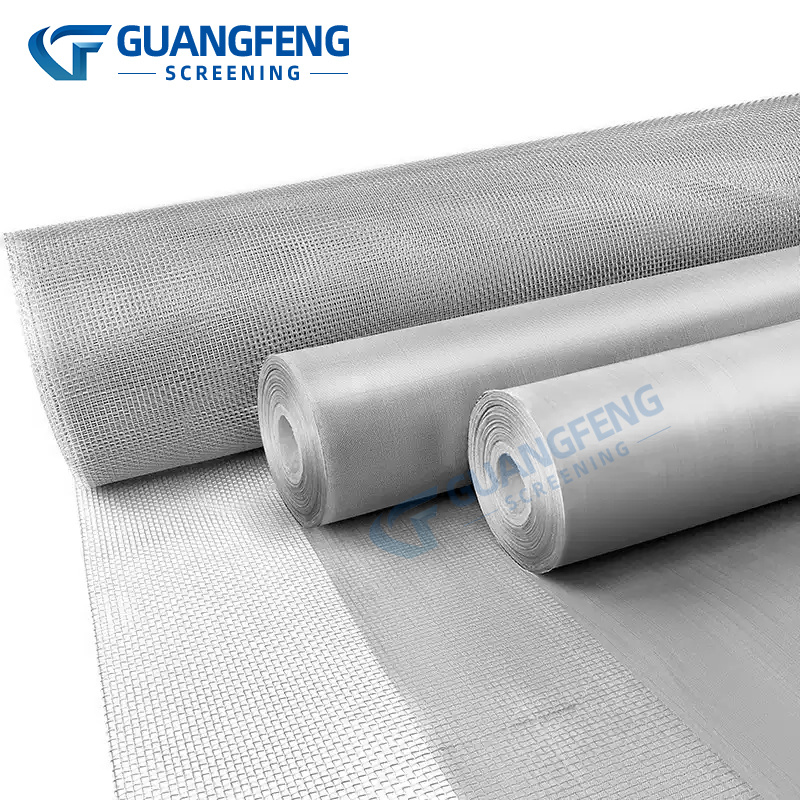Application field classification
Classified by aperture size
 1. Large aperture sieve (aperture>1mm)
1. Large aperture sieve (aperture>1mm)
-Application areas:
-Mining/Metallurgy: ore coarse screening, ore washing and grading (such as separating large ore blocks from soil).
-Construction/building materials: concrete aggregate screening (separation of stones and sand), garbage sorting.
-Chemical industry: Pre treatment of large particle raw materials (such as coal and fertilizer particle screening).- 2. Medium aperture sieve (0.1mm < aperture ≤ 1mm)
-Application areas:
-Food processing: screening granular ingredients (such as coffee beans and grains), filtering impurities in fruit juice/alcohol.
-Medicine: Particle sieving of drugs (such as tablet raw material grading), filtration of traditional Chinese medicine decoction pieces.
-Environmental Protection: Intercept suspended solids in sewage treatment (such as municipal pipe network pretreatment).
-Mechanical manufacturing: hydraulic system oil filtration, pneumatic equipment dust screen. - 3. Small aperture sieve (aperture ≤ 0.1mm, including micron level)
-Application areas:
-Chemical/Petroleum: Fine chemical raw material filtration (such as catalyst separation), oilfield solid-liquid separation.
-Medicine/Biology: Laboratory cell screening, drug sterilization filtration (such as bacterial grade particle interception).
-Electronics/Semiconductors: Screening of high-purity materials (such as silicon powder, electronic slurry filtration).
-Aerospace: Precision instrument dust prevention, high-precision filtration of fuel systems.
Classified by wire diameter and strength
 1. Coarse diameter (high-strength) sieve mesh
1. Coarse diameter (high-strength) sieve mesh
-Features: Coarse wire diameter (such as 1-3mm), strong impact resistance.
-Application areas:
-Mining/Quarry: vibrating screen (for processing high hardness ores).
-Metal processing: screening of raw materials in steel plants, filtering of metal debris.
-Heavy machinery: filtration of large particle impurities in hydraulic oil for construction machinery.- 2. Fine wire diameter (high-precision) sieve
-Features: Fine wire diameter (such as 0.05-0.5mm), high filtration accuracy.
-Application areas:
-Food/Beverage: Precise filtration of liquids such as syrup and soy sauce.
-Pharmaceutical: Aseptic filtration of injection and eye drops (must comply with GMP standards).
-Research/Laboratory: Screening of nanomaterials, purification of chemical reagents.
Classified by weaving method
 1. Plain weave
1. Plain weave
-Features: Smooth surface and uniform filtration accuracy.
-Application areas: Screening scenarios with high precision requirements such as flour screening and pharmaceutical filtration in food, medicine, and chemical industries.- 2. Twill weaving
-Features: High strength, good breathability.
-Application areas: High temperature environment screening in metallurgical industry, mining vibrating screen (such as iron ore grading). - 3. Dutch weaving
-Features: The mesh is firm and has strong resistance to deformation.
-Application areas: Heavy machinery protective nets, building protective nets, large silo screening.
Special scenario specific specifications
 -High temperature resistant screen mesh: Made of heat-resistant stainless steel such as 310S, used for filtering high-temperature media in chemical industries (such as oil refineries and boiler dust removal).
-High temperature resistant screen mesh: Made of heat-resistant stainless steel such as 310S, used for filtering high-temperature media in chemical industries (such as oil refineries and boiler dust removal).- -Corrosion resistant screen: Made of 316L stainless steel, suitable for strong acid/alkali environments (such as lithium battery electrolyte filtration, marine engineering).
- -Explosion proof screen: anti-static weaving process, used in flammable and explosive environments (such as flour mills, petrochemical workshops).
Summary:
When choosing stainless steel mesh, it is necessary to comprehensively consider filtration accuracy, load strength, environmental resistance (such as temperature, corrosiveness), and industry standards (such as food grade compliance with FDA certification) to match specific application requirements







